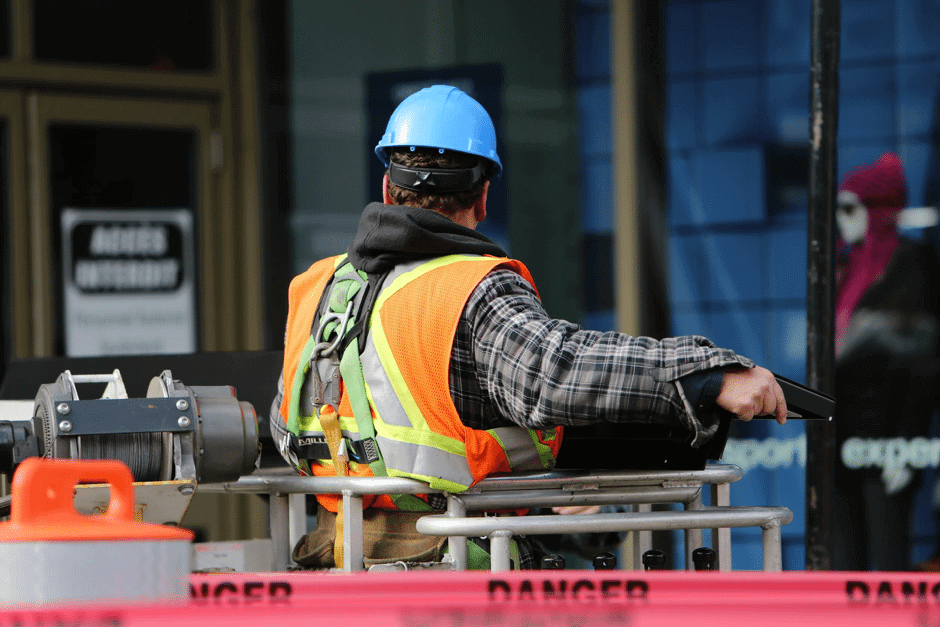It doesn’t matter who you are, at some point in your construction industry life, you are going to have sneered at something to do with healthy and safety. But, another sad fact of life is that every single person in the building game is going to have had at least one near miss – and more likely a whole catalogue of them. Or, worse, you might be one of those people who has suffered an accident.
That’s why health & safety in construction is so important.

Don’t ever let anybody tell you health and safety doesn’t matter and don’t ever let somebody make you compromise safety in order to get a project finished and over the line. This is a message we live by; from our manufacturing teams to our on-site installers, everyone at our company has to put safety first.
Over the years, the attitude towards health and safety in construction has changed massively. I remember, just 10 years ago, beginning work for a worldwide construction management company as a snotty nosed, green as grass trainee manager and being baffled by the need to wear gloves and glasses in addition to heavy rigger boots, hi vis vest and hard hat. It was an endless struggle to get tradesmen on site to wear their hi vis, never mind glasses and gloves. The company was one of the big players and at the forefront of health and safety and sustainability attitudes.
But now, just 10 years later, whenever I visit or go past a major construction site (and even many smaller ones too), you see site workers willingly wearing gloves, glasses and all necessary PPE.
Not just because it’s law, but because the penny has finally dropped that health and safety just makes good sense. You can always work longer or come back again tomorrow; if everyone gets to go home safely, what does it matter if a project takes a few hours longer?
You can read more on a whole host of government and HSE websites, but here’s a quick checklist of golden rules for your to follow when it comes to your health and safety.
- All projects should have a professional produced risk assessment in place and all employers should provide all necessary protective clothing and equipment to complete work which may cause danger. This includes hazards to your vision and hearing.
- They also have an obligation to protect you from inclement weather or prolonged exposure to sunshine.
- Employers should have clear and easy to follow reporting procedures.
- Employers should provide adequate welfare and first aid facilities.
- All machinery, scaffolding and other equipment should be safety tested to meet minimum legal requirements. If you are unsure about whether something you need to use is safe – STOP WORKING.
- Anybody working at height should be properly trained to do so and necessary safety measures should be in place: fall nets, fall arrest systems and harnesses and any other suitable protections.
And remember, your working could also potentially cause harm to passing members of the public or your neighbours. Keep your site perimeter secure – a construction site is dangerous enough for trained operatives, never mind members of the general public.
The employer should lead the way when it comes to health and safety. And this applies at all levels of a construction project: from client to management contractor to sub-contractor to sub-sub-contractor to operative on site. If someone is paying you to complete potentially harmful tasks, they should provide you with protective equipment or reimburse you for purchasing your own.
And lastly, if it feels unsafe, it only takes a second to stop work and ask how to make it safer. It also only takes a second for you to lose your eyesight, use of your hand or even your life.
Which of the two would you rather stop working for?




